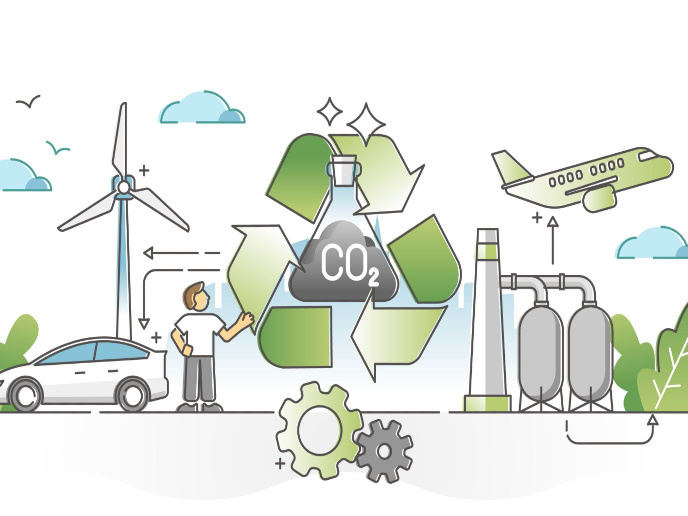Producing bioethanol with thermophilic enzymes
The TIME project focused on improving the efficiency of converting lignocellulosics, plant material comprising cellulose and lignin, to ethanol. New techniques were developed for the pre-treatment and hydrolysis by enzymes. These stages were responsible for up to 50% of current production costs. Therefore, TIME aimed to increase the ethanol yield while reducing the amount of energy consumed during the production process. This was achieved through high consistency hydrolysis and fermentation technology, and the use of heat tolerant yeast strains. The TIME project developed integrated high temperature conversion technology which used thermophilic, or heat-loving, enzymes and improved accessibility of substrates. The first step required prehydrolysis, or liquefaction, at a high temperature followed by complete hydrolysis at a lower temperature. The enzymes required for both stages were identified and evaluated. Results indicated that a separate high temperature stage for liquefaction of material at the beginning of the process was realistic. For best results a complete set of heat-loving enzymes was used at the prehydrolysis stage. This made it possible to replace the conventional commercial mixture in the initial 24 hour stage of a two-step process. The mixture was replaced with an artificial mixture of cellulase proteins, which delivered a high hydrolysis yield without a corresponding increase in overall protein dosage. The project's results provided a basis for the development of improved enzyme products which could remain stable at high temperatures in the range of 55-60 degrees Celsius. Those enzymes currently available to industry are stable at 45-50 degrees Celsius. Such an improvement meant less protein was needed for the hydrolysis of the lignocellulosics substrate. This in turn has resulted savings in time and money.







